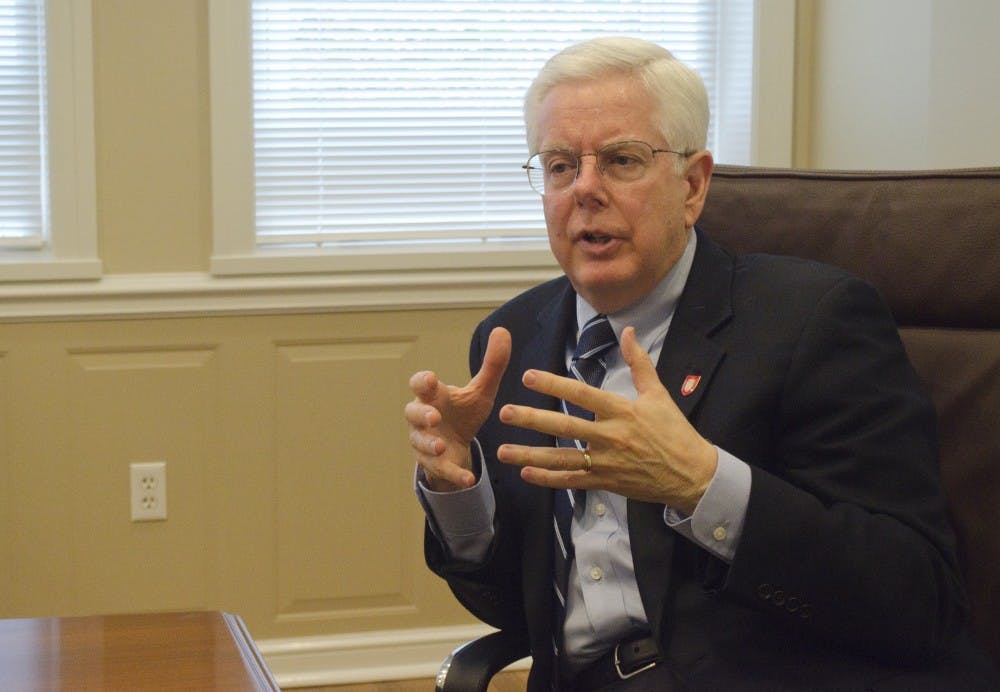Ball State has long touted its pride of being a green-focused university, and President Paul W. Ferguson took that pride one step further last month.
After traveling to Georgia to recommit to fighting climate change and expand the university's carbon neutrality goal, Ferguson signed Second Nature’s Resilience Commitment, which made bonds between universities committed to helping the environment.
“Ball State is a leader in so many ways in campus climate efforts. Decommissioning a coal power plant is no small thing," said Steve Muzzy, senior manager of climate projects at Second Nature. "Adding the commitment to resilience gives Ball State an opportunity to formalize a partnership with the city of Muncie to anticipate climate impacts and to build on community strengths.”
Ball State was a founding signer to another Second Nature project, American Colleges and University Presidents’ Climate Commitment (ACUPCC) with President Jo Ann Gora in 2007, said Muzzy.
Gora originally partnered with Second Nature, and Ferguson has carried on Ball State’s goal of being leader in sustainable universities.
"This is another opportunity by which Ball State will be able to progress towards our Centennial Commitment goal of becoming a national model of sustainability," Ferguson said in a press release. “This model is not only the right thing to do for the environment, but I believe translates ultimately into savings for our students and their families by allowing us to hold down one of the university’s major fixed costs.”
Quintin Thompson, vice president of Ball State Energy Action Team (BEAT), said he is excited university leadership has continued on with Ferguson.
“As time goes on we figure out better ways to do things or other unique ways that we can reduce our carbon footprint, so I think it’s really important that President Ferguson said he was going to do that too,” Thompson said.
Jim Lowe, assistant vice president for facilities planning and management, said the university is always looking for the better, more efficient way.
“We’ll realize we have to make the buildings more efficient, so we do that," Lowe said. "Our next project will probably be focused on steam. What can we do to make our steam more efficient? So, that’s what we’re looking at next."




